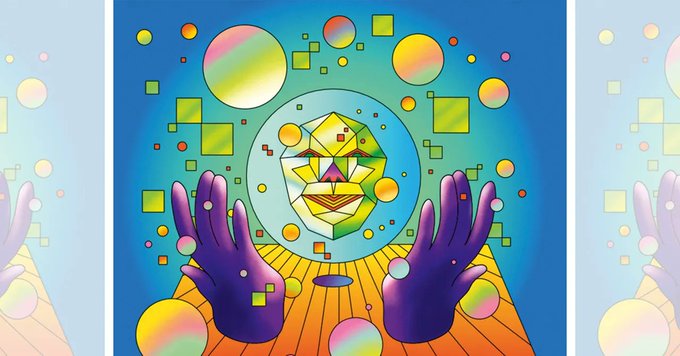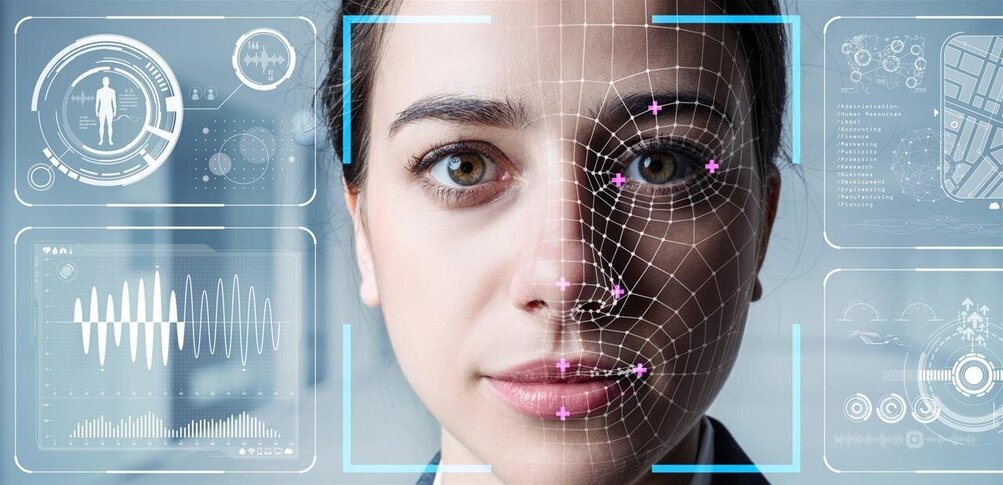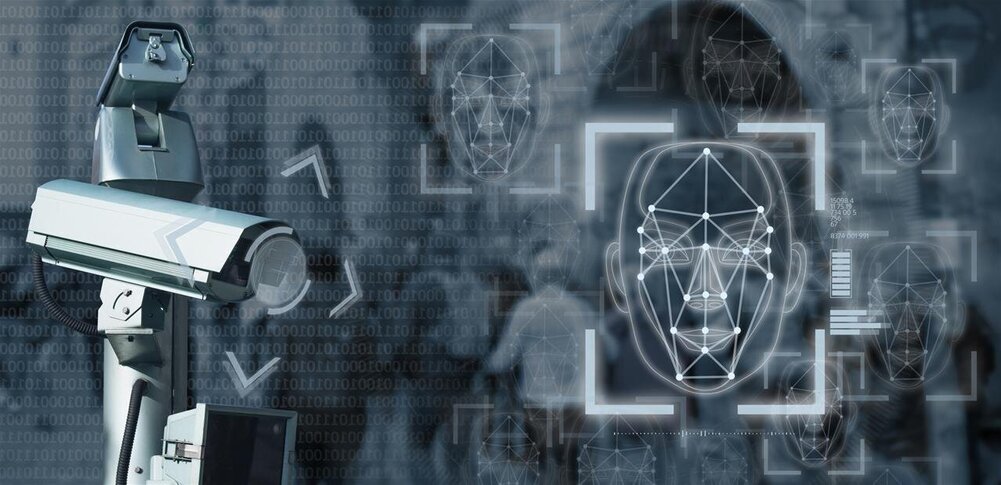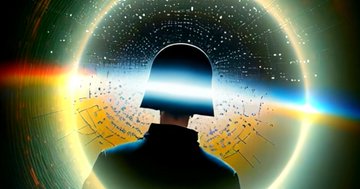IT USED TO be widely thought that creative work would be one of the last things to be automated. After 2022, some may reconsider.
In the space of a few months last year, several powerful tools for creating art with AI just by typing in a few words became widely available. The quality of illustrations, photographs, and paintings that can be made that way improved remarkably. Some commercial artists are experimenting with the technology—although not all like it—and stock photo services are preparing to offer AI generated images.
That rapid progress set entrepreneurs racing to build products and companies around AI image generators. Researchers continue to refine the technology. WIRED recently got to experiment with one of the first AI tools capable of generating video, developed by researchers at Meta. The clips aren’t flawless, but comparing them with examples from the years of research leading up to 2022’s AI art explosion provides a visual timeline of a technology maturing rapidly from lab experiment to product prototype.
The image-generation technology capturing the attention of entrepreneurs and artists is built on decades of advances in AI. In particular, about 10 years ago researchers found that feeding algorithms called neural networks huge numbers of images with associated labels enabled them to label previously unseen images with high accuracy. This is how Apple Photos and Google Photos can automatically organize pictures of pets taken on a smartphone.
Mots-clés : cybersécurité, sécurité informatique, protection des données, menaces cybernétiques, veille cyber, analyse de vulnérabilités, sécurité des réseaux, cyberattaques, conformité RGPD, NIS2, DORA, PCIDSS, DEVSECOPS, eSANTE, intelligence artificielle, IA en cybersécurité, apprentissage automatique, deep learning, algorithmes de sécurité, détection des anomalies, systèmes intelligents, automatisation de la sécurité, IA pour la prévention des cyberattaques.






